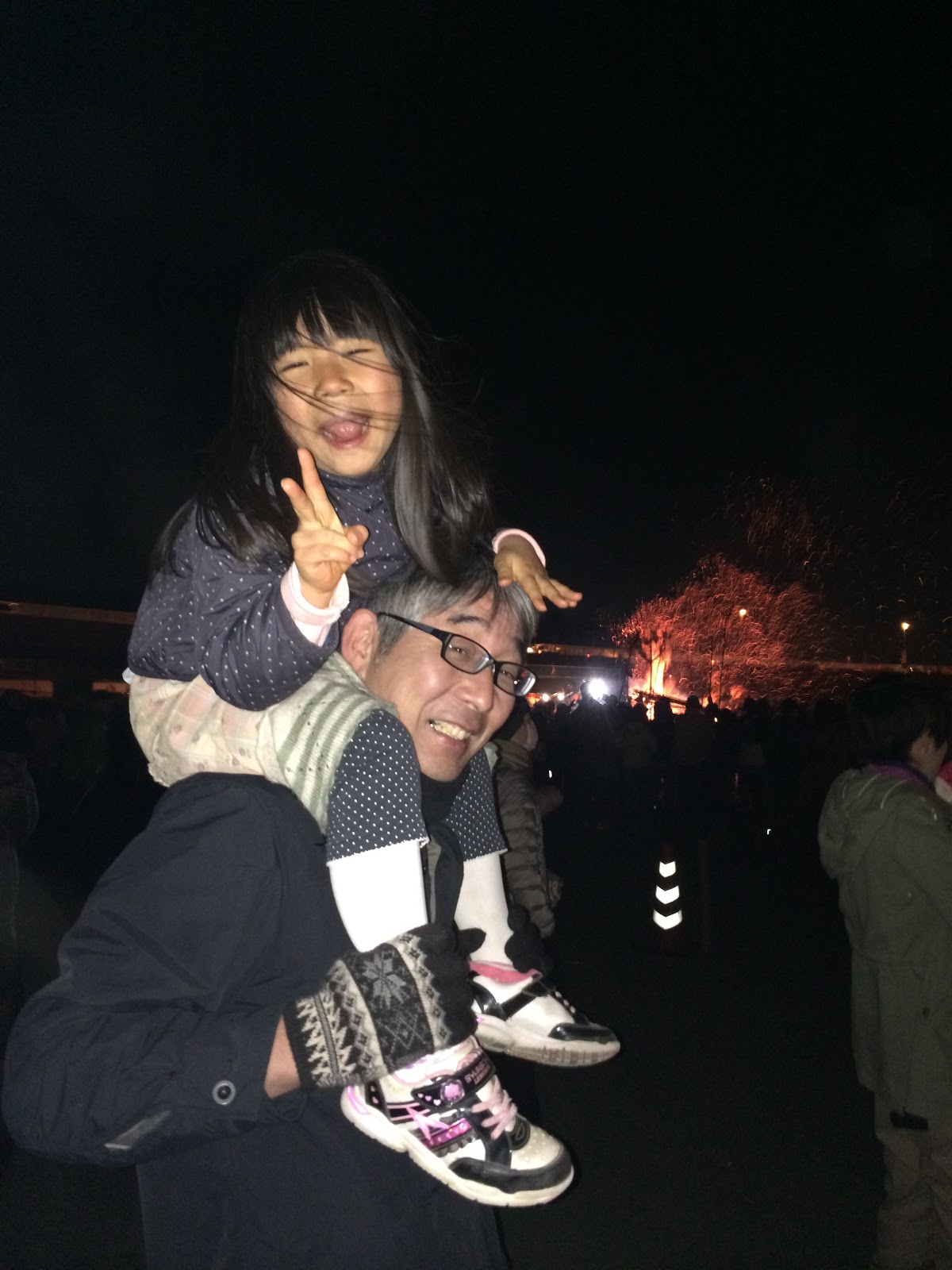Featured Video
The Story of The Three Little Pigs
American Version (Spanish)
Mexican Version (English)
Mexican Version (Spanish)
Japanese Version
Spanish Version
American Version
French Version
Team Japan in the USA
Oscar in Mexico
Willy and Horsie in Japan
Willy & Horsie en Montpellier
Team Japan in Spain
Xólotl in Hamburg
Pageviews
Popular
-
Nuestros amigos alemanes visitaron la ciudad de Nîmes a 50 km de Montpellier. Es famosa por la multitud de restos de la época rom...
-
Hi Friends! Every year in November, your Mexican friends work in some Mexican folk art. This year they made ALEBRIJES using the trad...
-
Hola a todos!!! Hello everybody from Valladolid (Spain)!!! Our mascot´s name is Stripy. We are not sure whether it is an orig...
-
We are super stoked! Stripy, from Valladolid, Spain arrived today. We took him to lunch in our cafeteria (it was pizza day) before readi...
-
Bronson in Hamburg Stripy in France Willy and Horsie in Japan Oscar in Mexico Team Japan in New B...
-
Before they left, Bronson and Xololt went to the North of Spain (Cantabria)to the beach. they loved it there. And of course Bronson left his...
-
We made a little video when opening the box our first mascot arrived in. We learned a little bit about our new friends' likes and...
-
Hello everybody. We are still waiting for our mascots to arrive to Spain, but we are closed for holidays anyways so I will just tell you a b...
-
Willy Wasser and Little Horsie at Ooka Echizen Festival Video Recipe - Japanese Curry Goldfish catching St...
Archive
-
▼
2015
(81)
-
▼
January
(9)
- Japanese art in Hamburg!
- Bronson llega a Montpellier (y se encuentra con Xo...
- Bronson on New Year's Day
- Bronson on New Year's Day part 2
- THE GERMAN PACKAGE HAS ARRIVED!!!!!!!!Pictures ton...
- La "Galette des Rois" en Francia
- Bronson enjoyed Japanese plays and toys in Tokyo
- Bronson with Sishimai -Lion Dance on New Year's Day
- Feliz día de Reyes
-
▼
January
(9)
Labels
- #YaMeCansé
- 1521
- 1968
- 1985
- Alebrijes
- Ayotzinapa
- Aztecs
- Bronson
- Chapultepec
- Chicago
- Christmas
- Day of the Dead
- Detroit
- Dia de Reyes
- earthquake
- France
- Frida Kahlo
- Germany
- Hamburg
- Holy Week
- Huatulco
- Japan
- Little horsie
- massacre
- Mexica
- Mexico
- Montpellier
- New Buffalo
- Oscar
- photo
- photos
- Piñatas
- Posadas
- Reading
- Recipes
- Spain
- Spanish
- St. Patrick's Day
- Stripy
- students
- Team Japan
- Thanksgiving
- The Journey to Mictlan
- Three Kings Day
- Three Little Pigs
- Tlatelolco
- Travel Journal
- USA
- Valladolid
- videos
- Washington D.C.
- Willy and Horsie
- Willy Wasser
- Wlliy
- Xolotl











































